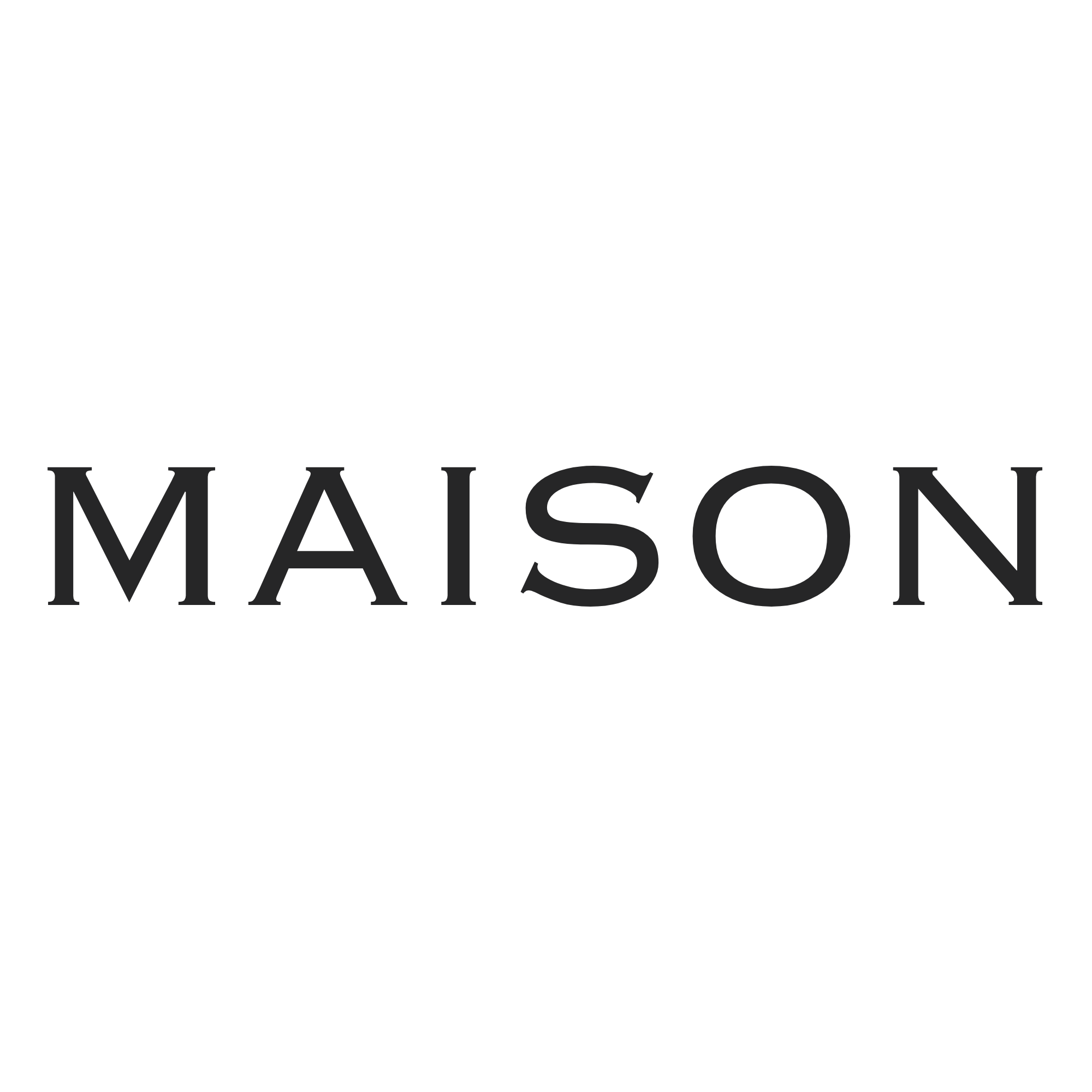Unlocking Human Nature: How Hidden Rules Shape Our Decisions
Building upon the foundational idea that everyday systems and games are governed by unseen rules, it becomes essential to explore how these hidden patterns influence individual human behavior and decision-making processes. Recognizing that our choices are often shaped by internalized, subconscious rules offers a profound perspective on human nature. To understand this, we must delve into the layers of influence that operate beneath our conscious awareness, shaping our decisions as naturally as traffic lights regulate traffic or algorithms curate social media feeds.
Table of Contents
- The Foundations of Human Decision-Making: Beyond External Rules
- The Psychology of Hidden Motivations: Uncovering Our Inner Rules
- Cultural and Evolutionary Layers of Human Rules
- Hidden Rules in Social Interactions: The Unspoken Codes
- Navigating Complexity: How Our Minds Handle Multiple Overlapping Rules
- From Personal Decisions to Collective Behavior: The Scale of Hidden Rules
- Unlocking Human Nature: Techniques to Discover Our Inner Rules
- Bridging Back to Systems: From Personal to Structural Rules
The Foundations of Human Decision-Making: Beyond External Rules
At the core of understanding how hidden rules influence us is differentiating between conscious choices and subconscious drivers. While we often believe that we make decisions based on rational evaluation, research shows that much of our decision-making is governed by internalized patterns that operate outside our awareness. For instance, Nobel laureate Daniel Kahneman’s work on System 1 and System 2 thinking illustrates how automatic, intuitive responses (System 1) are guided by ingrained mental shortcuts—heuristics—that function like internal rules, shaping our reactions before conscious reasoning kicks in.
Innate instincts—such as fight-or-flight responses—are embedded deeply in our biology, providing immediate decision-making templates that have evolved over millennia. Conversely, learned behaviors—like societal norms or personal habits—become internalized rules through repeated exposure and social reinforcement. These internal rules often operate beneath our conscious awareness, subtly guiding behaviors like how we respond to social cues or evaluate trustworthiness.
The Psychology of Hidden Motivations: Uncovering Our Inner Rules
Cognitive biases exemplify how internal rules distort our perception and choices without explicit awareness. For example, the confirmation bias encourages us to favor information that confirms existing beliefs, acting as an internal rule that filters incoming data. Similarly, the anchoring effect shows how initial impressions set internal reference points that influence subsequent judgments, often unconsciously.
Emotional drivers—such as fear, desire, or guilt—also operate as internal rules that steer decisions. For instance, someone might avoid risk because an internal rule associates risk with loss or shame, even if rational analysis suggests potential gains. Social conditioning further embeds rules that influence behavior; a person raised in a culture emphasizing collectivism may unconsciously prioritize group harmony over individual expression.
Cultural and Evolutionary Layers of Human Rules
| Cultural Norms | Evolutionary Influences |
|---|---|
| Language, customs, social roles | Survival strategies, mate selection |
| Moral codes and taboos | Heuristics for threat detection |
| Social hierarchies | Group cohesion, cooperation |
Cultural norms act as layered, often invisible rules that shape daily decisions—dictating how we communicate, what we value, and how we interpret others’ actions. Meanwhile, evolutionary pressures have embedded decision heuristics—mental shortcuts—that enhance survival. For example, our innate fear of snakes or heights is a biological rule rooted in evolution, influencing our immediate reactions even in modern contexts.
Hidden Rules in Social Interactions: The Unspoken Codes
Social interactions are governed by a complex tapestry of unspoken rules—subtle cues, contextual signals, and implicit expectations—that guide our behavior. For instance, maintaining eye contact in Western cultures signifies confidence and honesty, an internalized social rule. Violating such norms can cause discomfort or misunderstanding, even if unintentional.
Power dynamics often rest on implicit rules—such as who initiates conversations or how deference is shown. These internalized codes can be so ingrained that individuals respond automatically, shaping the flow of social exchanges without conscious deliberation. Empathy and intuition further serve as internalized rules, enabling us to read subtle emotional cues and respond appropriately, often without explicit awareness.
Navigating Complexity: How Our Minds Handle Multiple Overlapping Rules
Our mental models serve as internal hierarchies that prioritize certain rules over others. For example, in a negotiation, the internal rule to maximize personal gain might conflict with the rule to preserve relationships. The brain employs conflict resolution strategies—such as weighing consequences—to manage these competing internal rules.
Adaptive flexibility becomes critical when overriding these hidden rules—like choosing to act against ingrained habits for a greater good. Techniques such as mindfulness and deliberate reflection help individuals recognize when internal rules are guiding behavior and decide whether to follow or override them.
From Personal Decisions to Collective Behavior: The Scale of Hidden Rules
On a larger scale, shared subconscious rules shape group dynamics and societal institutions. For instance, cultural expectations about punctuality or politeness influence collective behavior. Institutions encode these invisible constraints into policies and norms, reinforcing internalized rules across populations.
Over time, these individual internal rules interact, leading to emergent patterns—such as traffic flow or market behaviors—that resemble the systemic rules discussed in the parent article. Recognizing these layers enables us to see how personal and collective decision rules form a complex, interconnected web.
Unlocking Human Nature: Techniques to Discover Our Inner Rules
To gain insight into our hidden internal rules, reflective practices like mindfulness meditation are invaluable. These methods cultivate awareness of automatic thoughts and reactions, revealing the internal scripts guiding decisions. Analyzing decision patterns—such as recurring choices in similar situations—can uncover biases and implicit rules that influence behavior.
For example, journaling decision-making moments helps identify consistent internal rules—like avoiding confrontation or prioritizing harmony—that shape choices without conscious realization. Cultivating this awareness empowers individuals to make more intentional decisions, aligning actions with their values and goals.
Bridging Back to Systems: From Personal to Structural Rules
Understanding individual internal rules offers vital insights for designing better systems—be it organizational processes, societal policies, or technological architectures. For example, recognizing that employees operate under internalized norms of communication can inform how organizations foster collaboration or innovation.
There exists a recursive relationship: personal decision rules influence systemic patterns, which in turn shape individual behaviors—a concept deeply explored in the parent article The Hidden Rules That Govern Games and Everyday Systems. By studying these layers, designers and policymakers can craft environments that align with human internal rules—reducing friction and fostering more adaptive, resilient systems.
“Unlocking the knowledge of our internal rules not only reveals the architecture of human decision-making but also provides the blueprint for constructing systems that resonate with our innate patterns.” — Adapted from foundational concepts in The Hidden Rules That Govern Games and Everyday Systems.
By approaching human decision-making through the lens of internalized, hidden rules, we can foster greater self-awareness and design systems that better accommodate human nature. This integration leads to more effective, humane, and sustainable solutions—whether in personal growth, organizational change, or societal development.






Leave a Reply